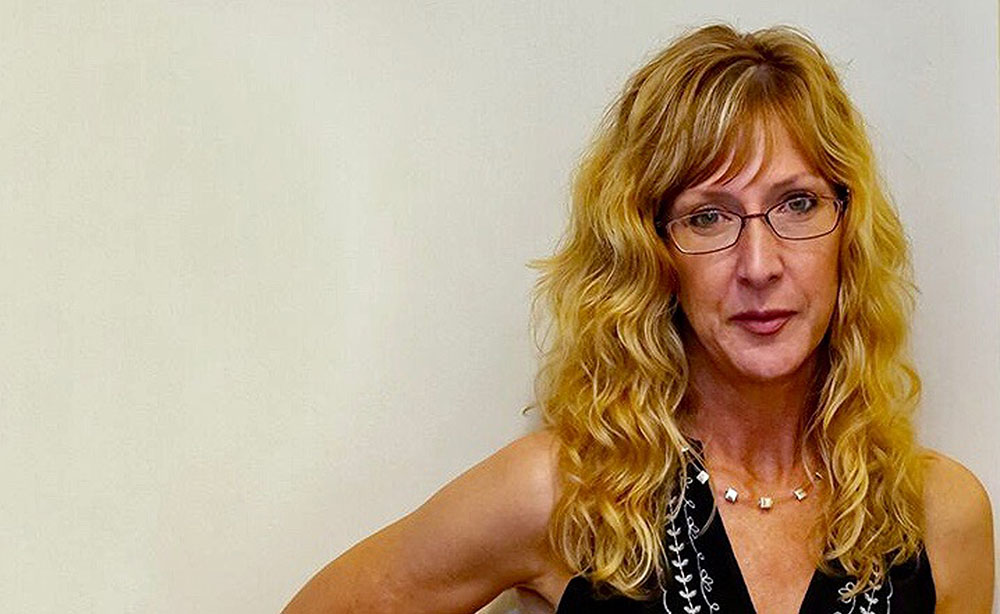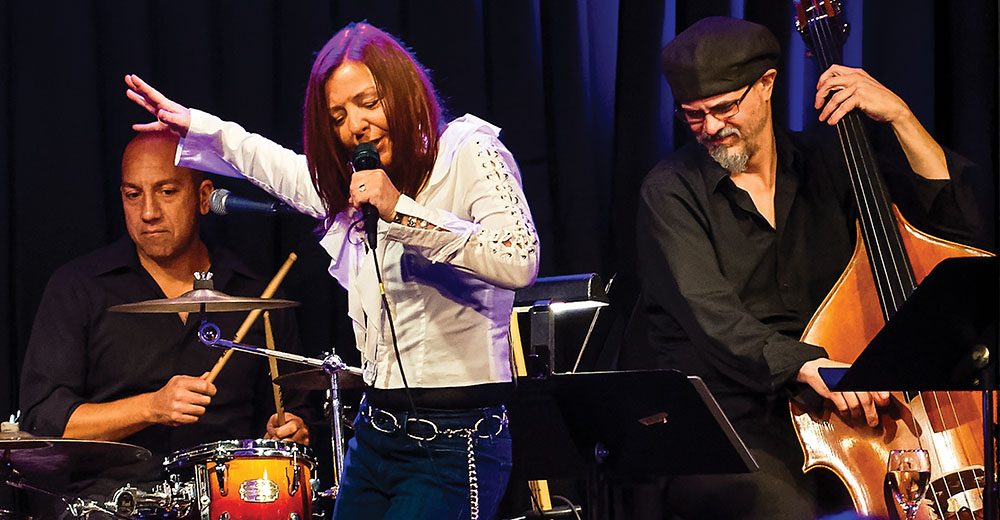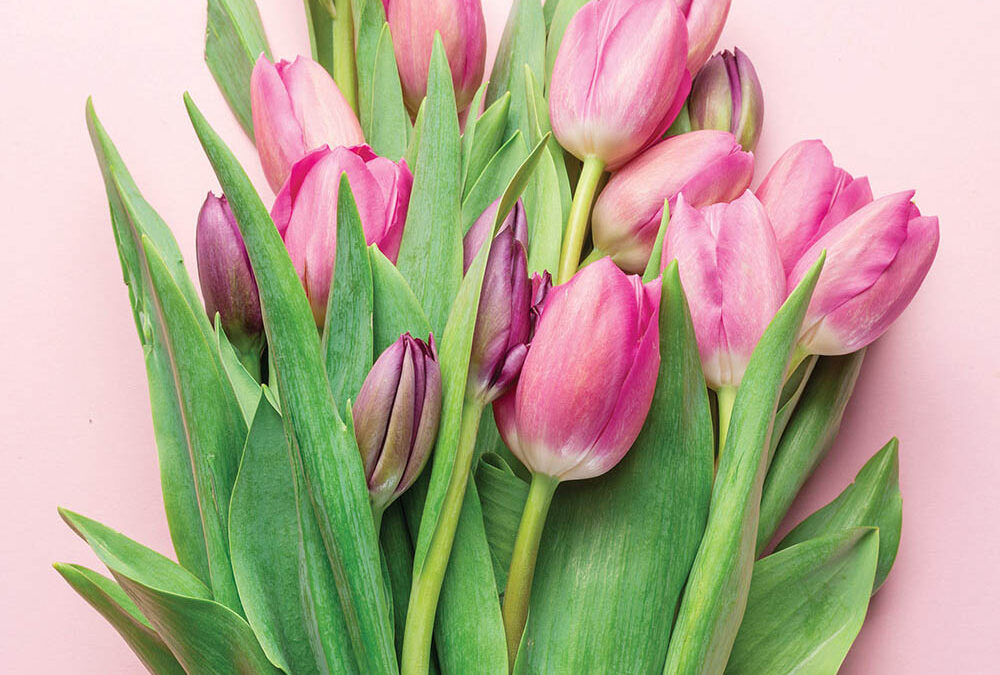
Meet local Jazz Singer Julie McConnell
By Peggy Ratusz
For this sensual, intentional and emotive Jazzebelle singer and pianist, Julie McConnell, the music gene dates far back and on both sides of her family tree. Her older brother Jack was a successful classical singer by the time he was 15. Her father played piano and her mom sang in choirs most of her life. Her paternal grandfather played double bass in big bands here in Asheville during the 1930’s and 40’s, and her maternal grandfather was a crooner and played mountain music with his six brothers in Bent Mountain, VA.
How/when did you discover you had the music gene?
“I knew I was meant to be creative and when I was five, it looked like I was to be a dancer. I was quite good. But I longed to learn to play the music I danced to. We had a beat-up, painted-green piano with no bench. I would stand at that piano and pick out melodies. Though I desperately wanted piano lessons, my parents wanted me to stay focused on dance. So, I decided to learn on my own. I found an erasable marker and labeled the keys with numbers one through eight over and over until every key was labeled. After dance class, I’d hit the piano and try to figure out the melody I had heard that day. This led me to writing songs. When my parents realized what I was doing, they had me play some of my pieces, and within two weeks I was taking piano lessons. By ninth grade, I was a musician.”
Talk about your mentors
“Kathy Coe, my piano teacher, the choral and theater director at our church, Marvin Williams, were my early years’ mentors. My brother was in the choir which made me want to be a part of the choir too, but I was only ten years old. So I learned the alto arias from The Messiah and sang them for anyone who would listen. Within a month, Marvin invited me to join the adult choir. I sang with them until I left for college.
By the time I got to high school, following in my brother’s footsteps became very difficult. I realized I wanted to be recognized more for playing the piano. Maggie Hawks, the Junior High and High School Choral & Drama teacher believed in me. I had a freakish ability to learn difficult pieces without being able to “read” that well, and I was a wonderful harmony singer. I might not have been in every choral group in high school without her confidence in my abilities.
Four colleges offered me vocal scholarships, including my Alma Mater Appalachian State University. I was singing professionally by the time I was 17, and I won Vocal Student of the year at my high school. Convinced that voice and singing was my destiny, I’ve never looked back.”
What led you to Jazz music?
“At most colleges in the late 70’s and early 80’s you couldn’t major in any other genre but classical. So after struggling to survive financially being a professional classical singer, I delved into musical theater again with big bands and combo groups, and this soon expanded and changed almost exclusively into Jazz.”
What do you ultimately hope to achieve as an artist?
“It’s important for me to stay relative in the local music scene. My destiny is to sing and help others reach their vocal and musical goals. As long as those two things are my compass, I’m happy. I taught music and choral privately and in public schools, and I found it as rewarding as it was for me to perform. Since moving back to WNC, I teach at Haywood Community college, and my husband and I have a private music studio: McConnell’s Music, in Pisgah Forest.”
Who are your current band members?
“I’m fortunate to have a smokin’ hot four-piece band! They speak my language and can create the space I need to deliver. Bill Gerhardt, piano, Chris Beyt, guitar, Bryan McConnell, my very talented husband is on bass and Justin Watt, drums.”
Please discuss how you interact with and respond to fans.
“I’m down to earth and accessible, but also a private person. I’ve learned how to save some for myself. Everyone likes praise but I’m not driven by the need for “followers.” If what I sing resonates with someone, then I’m happy to hear it. I tell the audience stories about my life and I risk being vulnerable because that’s what makes a song mean something and allows it to be felt by all.”
What advice would you give a female Jazz musician starting out?
“It’s work. You have to know you HAVE to do it. The more honest you are about your strengths and shortcomings, the sooner neither will hold power over you. People attend concerts to feel and to relate. Keep this front and center and your ego in check. Give from your heart, be generous, and you’ll be successful and fulfilled.”
The Julie McConnell Quintet has a show on Saturday, March 7th at the DFR Room in Brevard starting at 8pm. For details, visit her website. And for voice and piano lessons, as well as learning about and registering for the vocal workshops Julie facilitates, visit the website or email her at [email protected]
Website link: mcconnellsmusic.com
Facebook link: facebook.com/profile.php?id=100030654901658





